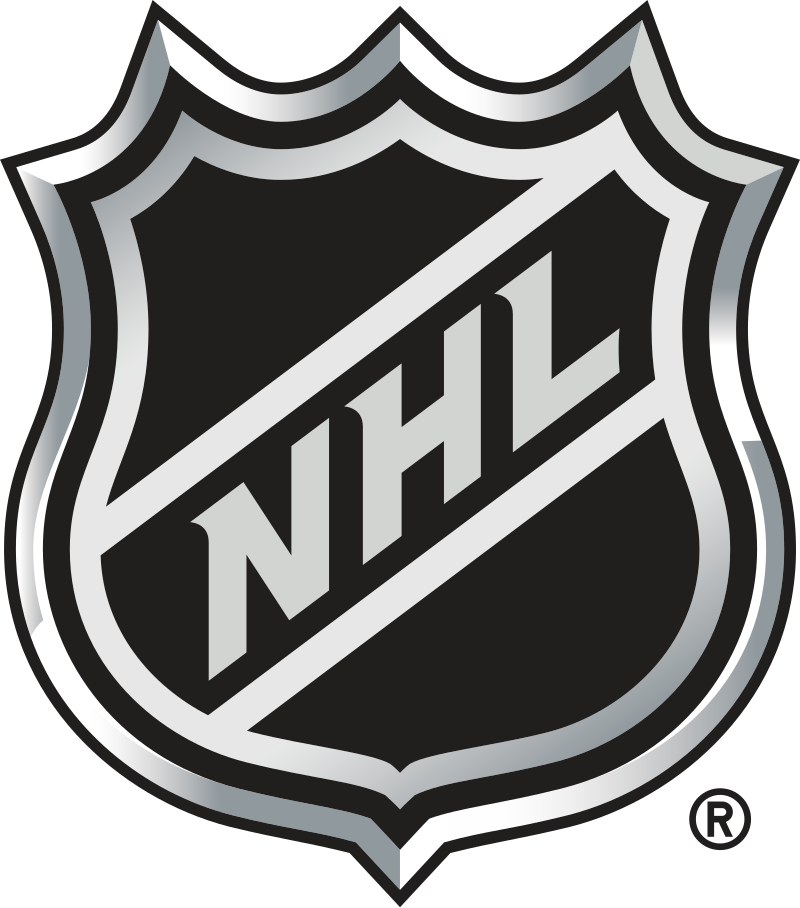April 1, 1992, marked a pivotal moment in hockey history as NHL players united to defend their rights and fair treatment. This strike, the first since 1917, was a watershed event that would redefine the league for generations to come. The players’ bold action secured their bargaining rights and ushered in a new era of negotiation dynamics in the NHL.
The NHL Players’ Association (NHLPA) had existed since 1967 but only developed true organizational power during the early 1990s. During the Alan Eagleson era, players faced minimal input regarding financial and professional matters because Eagleson was later exposed for committing fraud and colluding with league ownership. The late 1991 resignation of Alan Eagleson allowed former player agent Bob Goodenow to assume executive director duties for the NHLPA, starting January 1, 1992. Under Goodenow’s leadership, the union became more determined to protect its members. The 1991–92 season began with an expired collective bargaining agreement due to unresolved issues, including free agency rights, arbitration specifications, playoff payments, and player licensing privileges.
The players demonstrated their strategic prowess by timing their strike to demand better playoff revenue shares during the regular season’s final weeks. The NHLPA initiated a strike on April 1, 1992, with an overwhelming vote of 560 to 4 against rejecting the owners’ final proposal. The strike’s timing was a calculated move, as owners generated most of their profits through playoffs, while players received only small bonus payments.
With the help of a U.S. Federal Mediator, both sides reached an agreement signed on April 10, 1992. The players’ unity and determination led to better playoff bonus payments, enhanced free agency provisions, and greater control over their brand licensing rights. The season, expanded to 84 games (later changed to 82,) including away matches to test new market expansions, was a testament to the players’ collective strength and ability to reshape NHL labor relations.

